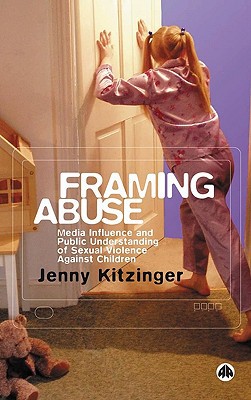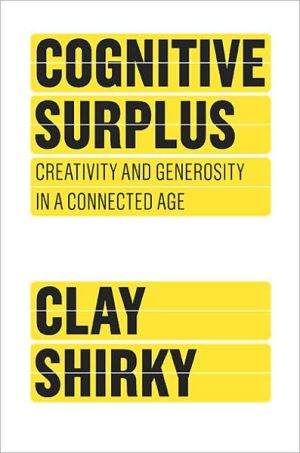Framing Abuse: Media Influence and Public Understandings of Sexual Violence Against Children
This book offers fascinating insights into how the media shape the way we think. Combining in depth analysis of media representations with interviews with 500 journalists, campaigners, abuse survivors and a cross section of 'the public', Jenny Kitzinger explores the media's role in contemporary society. She examines feminist initiatives to challenge sexual violence, the historical emergence of incest as a recognised social problem and the development of new survivor identities. She also...
Search in google:
Shows how the media influences the ways we perceive and deal with child sexual abuse.
Acknowledgementsx1Introduction1The research that informs this book1A guide to the book's structure72The Debate About Media Influence11A review of some key approaches to audience research12The current impasse: media influence versus active audiences24My research approach273Transformation of Private and Public Discourse: The Media 'Discovers' Sexual Abuse32Constructing a new social problem: a brief modern history32Placing narratives in historical context: recording personal accounts during the 1980s and 1990s37From cultural vacuum to multiple media mediation: survivors' accounts of the media's role37The preconditions for media discovery44Critical reflections on coverage of 'the incest survivor'46Revisiting three media studies theories: active consumption, creative identification and agenda-setting47Conclusion534Media Templates: Controversial Allegations and Analogies54The media's discovery of contested cases54The Cleveland scandal: a brief introduction56Journalists' retrospective references to Cleveland57Public recollections of Cleveland59Challenging templates: an alternative media account of the Cleveland scandal66Discussion69Conclusion785Story Branding and the Role of Empathy79Orkney in the news - an outline of the scandal79Remembering Orkney as 'the dawn raids case'84Why the dawn raids made such an impression88Reflections on the dawn raids branding93Sources of alternative perspectives98Conclusion1016Story Placing: Representing Localities, Landscapes and Communities in the News103The significance of place in news reporting103Locating the story in landscape and community: media accounts of Orkney105People's memories of how the media represented Orkney109People's impressions and beliefs113Conclusion1227Social Currency, Stranger-Danger and Images of Abusers125Beasts, devils, queers and sissies: images of sex offenders125The danger that prowls our streets128Public perceptions of abusers129A reflection on representations of accused adults in contested cases136'Public' and 'private' knowledge: extra-media influences and the significance of social currency138Conclusion1428Audiences as Activists: The 'Paedophile in the Community' Protests144The rise of the paedophile problem145'Moral panics and lynch mobs'?148Theorising community and media protest149Conclusion1589The Zero Tolerance Campaign: Responses to a Feminist Initiative159The Zero Tolerance campaign159Researching people's responses163Conclusion17710Conclusion180The media's role in representing social issues181How texts 'work'183How audiences 'work'183Reflections on key terms and the implications of audience activity for media influence188Implications for future research191Epilogue: Implications for Journalists and for Child Protection195Implications for child protection195Implications for media professionals196Reflections on the political economy of the media199Appendix201Notes204References216Index231








